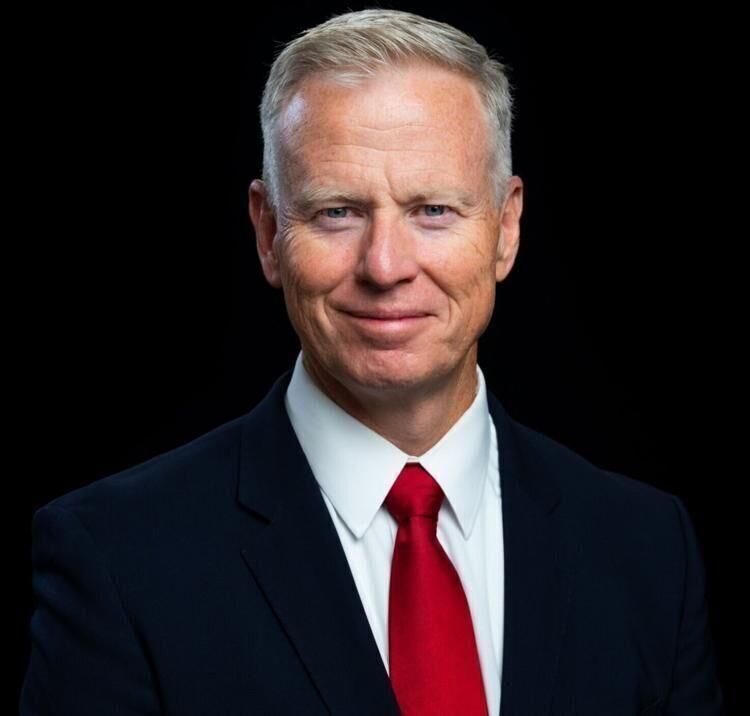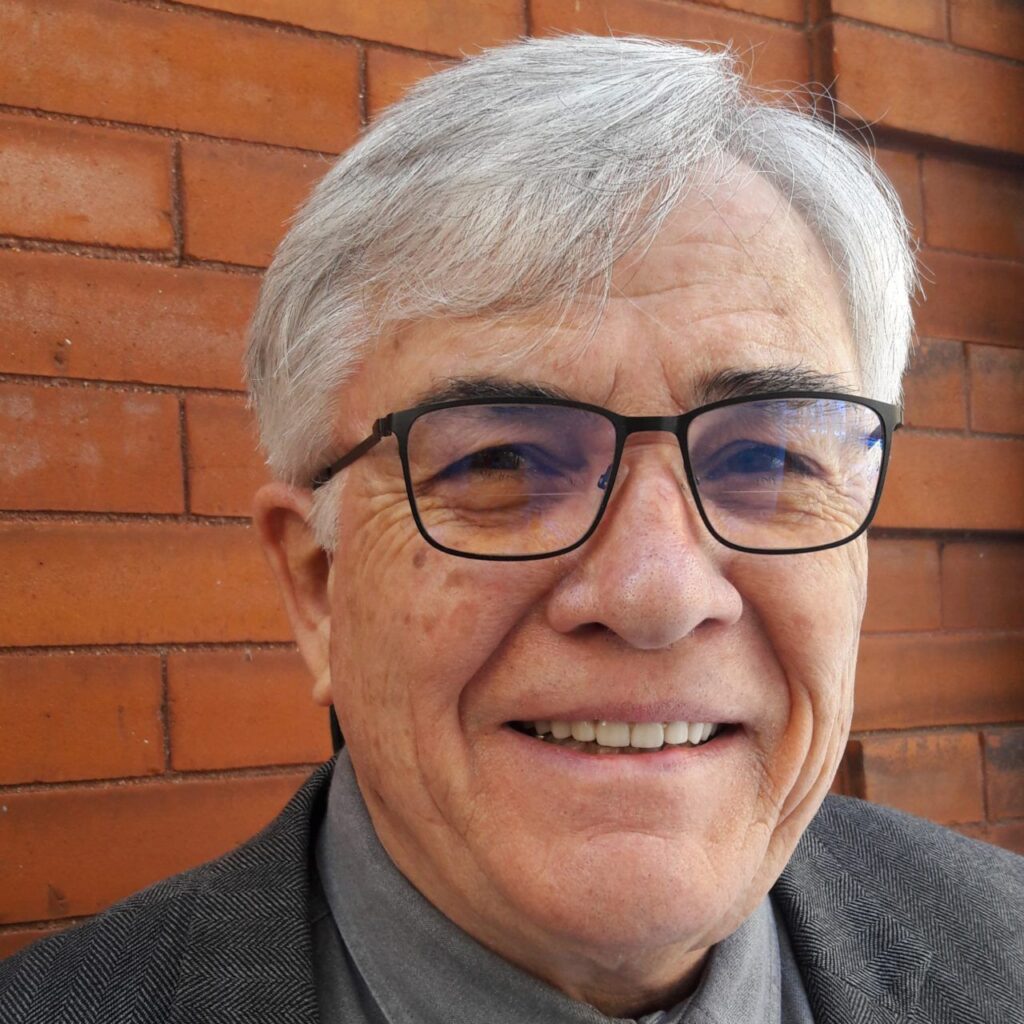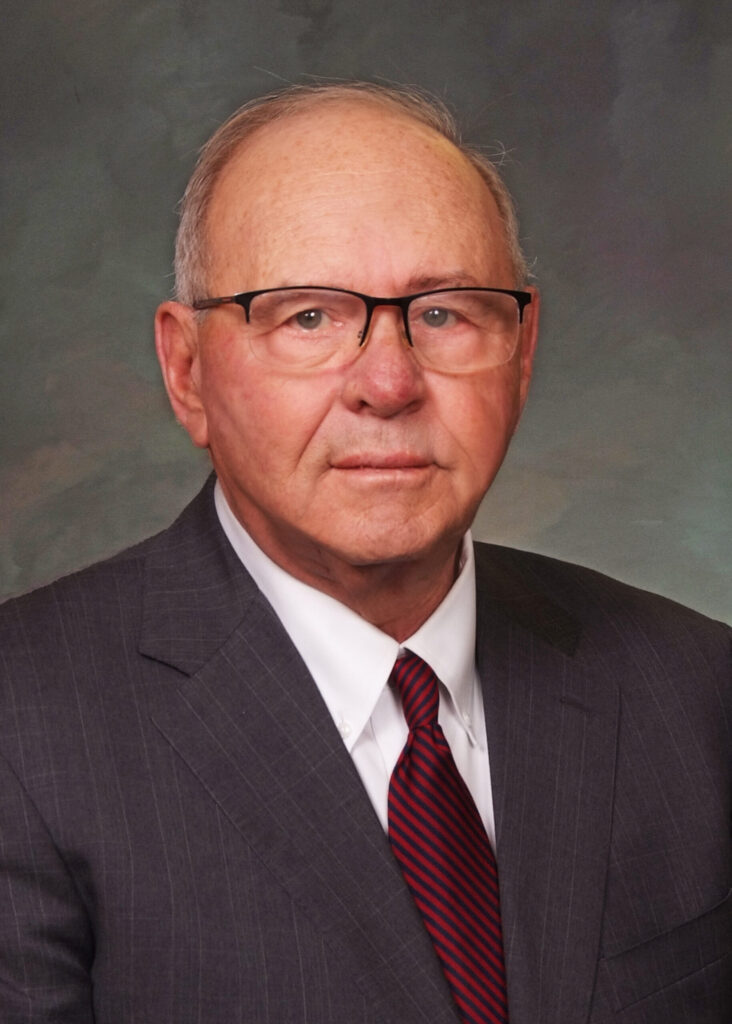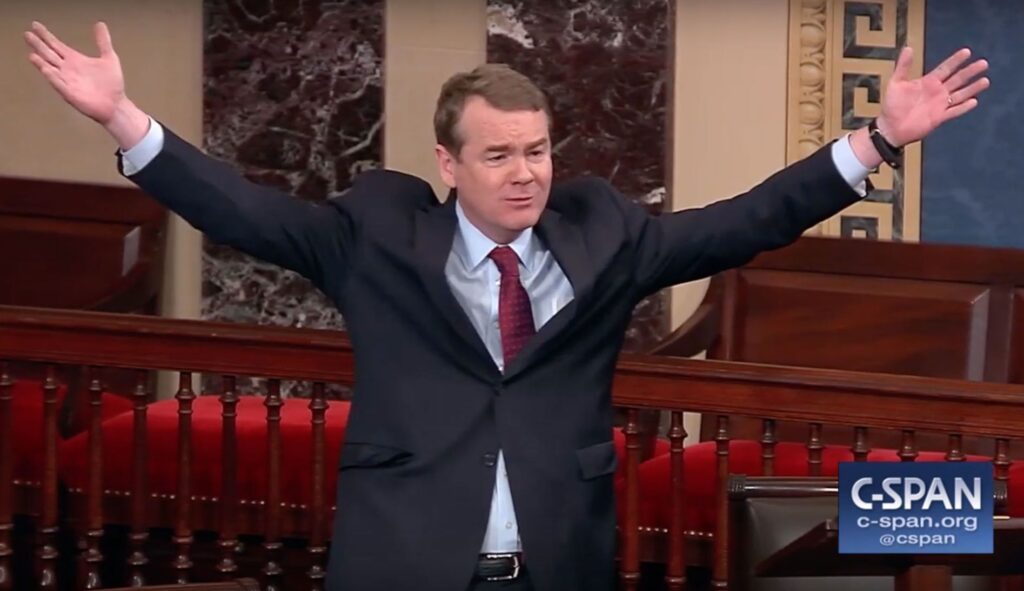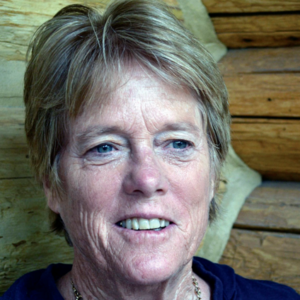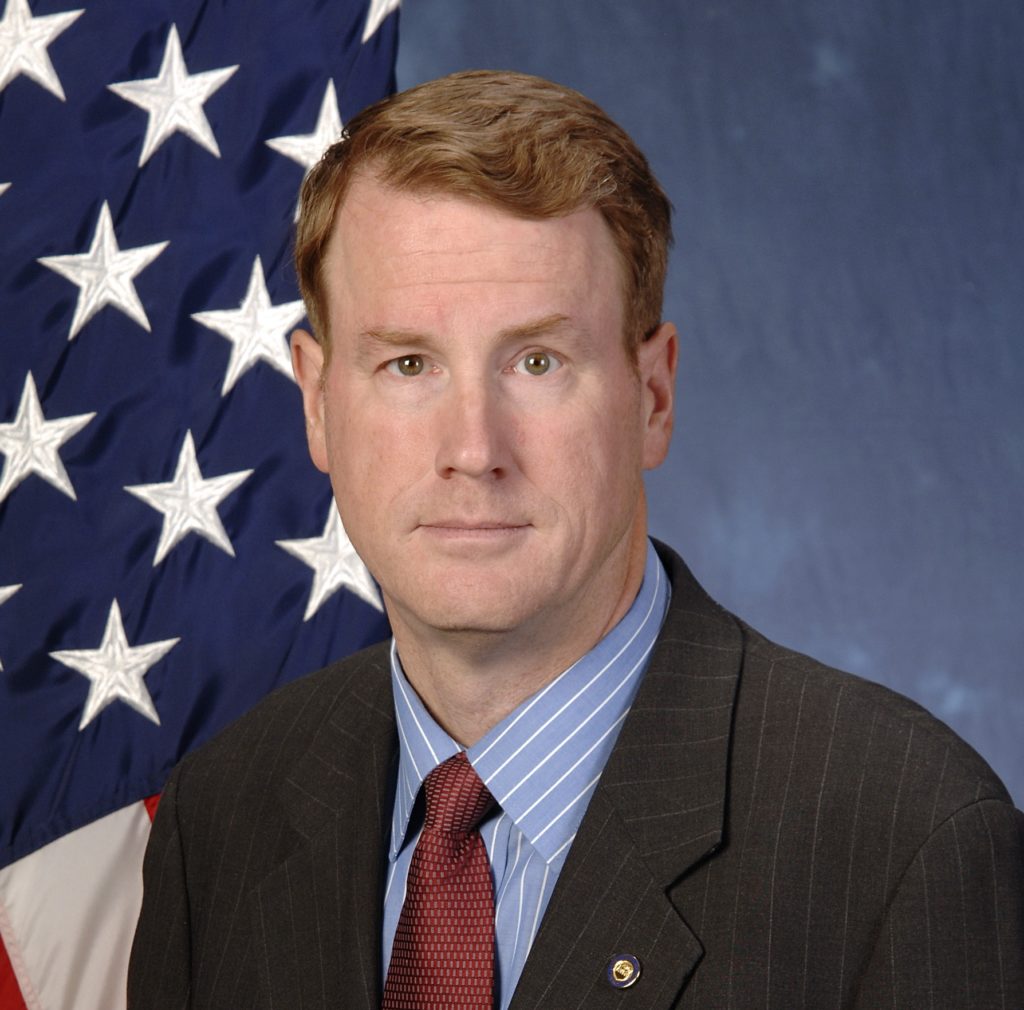Anti facial-recognition technology bill hinders school safety | PODIUM
In June 2022, Colorado established the Facial Recognition Task Force through SB22-113, aiming to evaluate the implications of facial recognition technology in various sectors, including education. Throughout its deliberations, the task force found no evidence of misuse of facial recognition data by schools. Yet, since that time, there have been 169 school shootings across the United States, resulting in 116 fatalities. Despite these alarming statistics, the Colorado legislature is considering SB25-143, a bill to extend the prohibition on the use of facial recognition technology in schools. This approach is dangerous and irresponsible.
Facial recognition technology, when implemented responsibly, serves as a critical tool in enhancing school security. It enables real-time threat detection, aids in emergency response and prevents unauthorized access to school premises. For expansive districts like St. Vrain Valley Schools, encompassing more than 60 buildings across 411 square miles, monitoring all access points is a formidable challenge. Facial recognition streamlines this process by swiftly identifying individuals who may pose risks, such as those who have made threats against schools or are legally prohibited from being on campus. Without this technology, we are left with slower, less accurate methods, increasing response times when every second matters.
Stay up to speed: Sign up for daily opinion in your inbox Monday-Friday
Moreover, the proposed legislation introduces ambiguity and hesitation among school personnel. Though it provides an exemption for exigent circumstances, the broader framework surrounding facial recognition technology remains unclear and restrictive. When school safety is at stake, we cannot afford uncertainty about legal compliance. If educators and administrators hesitate in moments where technology could provide valuable information, the unintended consequence could be a delay in responding to potential threats.
Additionally, SB25-143 imposes rigid opt-in consent requirements for any use of facial recognition technology in academic settings. This mandate discourages schools from exploring innovative ways to enhance learning, such as personalized learning experiences, assistive technology for students with disabilities, or advanced security measures integrated into school operations. At a time when we should be encouraging the responsible use of emerging technologies, this bill creates barriers that stifle progress.
The logistical burden of securing affirmative consent from young students is also deeply problematic. Requiring signed consent from students before using facial recognition technology means obtaining permission slips signed by students as young as kindergarteners and first graders — children who are just learning to read and write. Managing and tracking these consent forms would divert resources away from teaching and student support, placing an unnecessary administrative strain on schools.
In light of the absence of evidence indicating misuse of facial recognition data by schools and the pressing need to enhance school security, extending the prohibition on this technology is illogical. Instead, we should focus on developing balanced policies to allow districts to use these tools responsibly while ensuring robust privacy protections. This approach empowers schools to safeguard their communities effectively without compromising individual rights.
In conclusion, SB25-143 undermines our ability to protect students and staff by restricting access to proven safety tools. Rather than imposing broad prohibitions, let us work collaboratively to craft solutions that balance privacy, innovation and student safety. By doing so, we can create an environment where technology enhances education and security, rather than hindering it.
Brandon Shaffer joined the St. Vrain Valley School District in 2015, where he plays a key role in legal and policy analysis, community engagement, and supporting Pathways in Technology Early College High Schools. Before this, he served as chair of the Colorado Parole Board and was a Colorado state senator, where he held several leadership positions, including president of the Senate.



